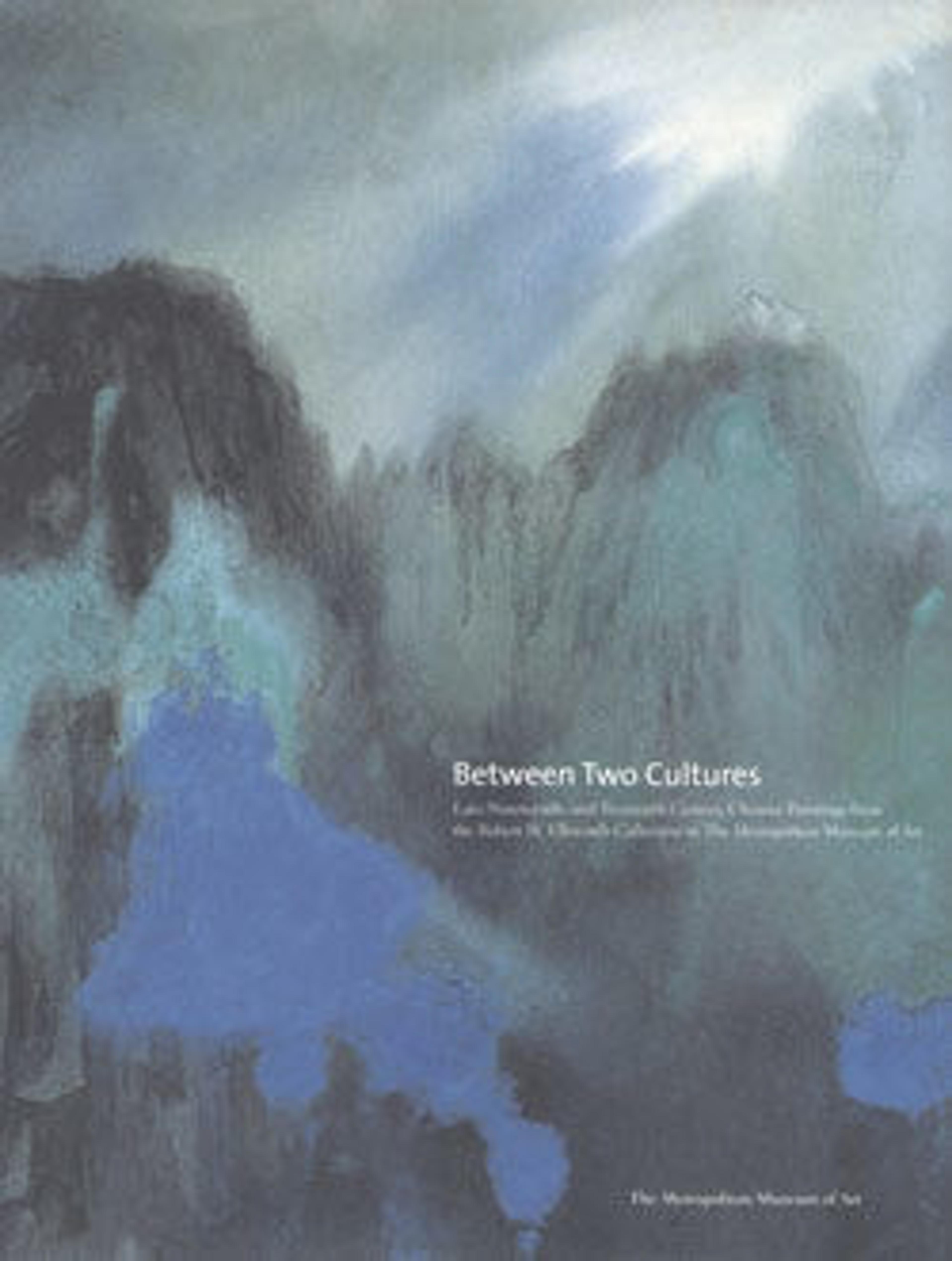Portrait of Zhao Zhiqian
Zhao Zhiqian, one of the most influential calligraphers and painters of the late Qing period, inscribed his portrait:
If the world praises me, I shall not accept such praise,Of those who try to destroy me, I shall not complain.Only the painter can capture my likeness. Hanging on the wall it will inspire people to call out, "It is Zhao, it is Zhao!" I neither walk nor sit but stand alone, and with a smile say nothing.
(Wen Fong, trans., Between Two Cultures: Late-Nineteenth- and Early-Twentieth-Century Chinese Paintings from the Robert H. Ellsworth Collection in The Metropolitan Museum of Art [New York: The Metropolitan Museum of Art, 2001], p. 40)
Brush vitality, not optical fidelity, was the traditional criterion for lifelikeness in Chinese painting, except in portraiture. For this reason portrait painting was traditionally held in low regard in China. The praise that Zhao, a scholar-artist, voices for the lifelikeness of his portrait testifies to the growing respect in the nineteenth century for verisimilitude as a criterion applicable in all the fine arts.
If the world praises me, I shall not accept such praise,Of those who try to destroy me, I shall not complain.Only the painter can capture my likeness. Hanging on the wall it will inspire people to call out, "It is Zhao, it is Zhao!" I neither walk nor sit but stand alone, and with a smile say nothing.
(Wen Fong, trans., Between Two Cultures: Late-Nineteenth- and Early-Twentieth-Century Chinese Paintings from the Robert H. Ellsworth Collection in The Metropolitan Museum of Art [New York: The Metropolitan Museum of Art, 2001], p. 40)
Brush vitality, not optical fidelity, was the traditional criterion for lifelikeness in Chinese painting, except in portraiture. For this reason portrait painting was traditionally held in low regard in China. The praise that Zhao, a scholar-artist, voices for the lifelikeness of his portrait testifies to the growing respect in the nineteenth century for verisimilitude as a criterion applicable in all the fine arts.
Artwork Details
- 清 王緣 趙之謙肖像 軸
- Title:Portrait of Zhao Zhiqian
- Artist:Wang Yuan (Chinese, active ca. 1862–1908)
- Period:Qing dynasty (1644–1911)
- Date:dated 1871
- Culture:China
- Medium:Hanging scroll; ink and color on paper
- Dimensions:41 3/4 x 13 1/4 in. (106 x 33.7 cm)
- Classification:Paintings
- Credit Line:Gift of Robert Hatfield Ellsworth, in memory of La Ferne Hatfield Ellsworth, 1986
- Object Number:1986.267.30
- Curatorial Department: Asian Art
More Artwork
Research Resources
The Met provides unparalleled resources for research and welcomes an international community of students and scholars. The Met's Open Access API is where creators and researchers can connect to the The Met collection. Open Access data and public domain images are available for unrestricted commercial and noncommercial use without permission or fee.
To request images under copyright and other restrictions, please use this Image Request form.
Feedback
We continue to research and examine historical and cultural context for objects in The Met collection. If you have comments or questions about this object record, please contact us using the form below. The Museum looks forward to receiving your comments.
